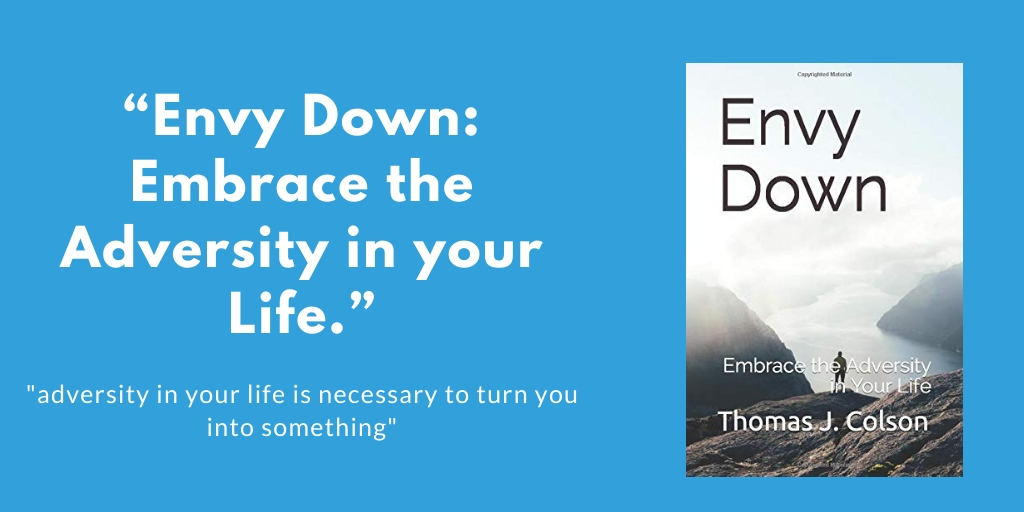The Process of Writing and Publishing a Book
As a Buffalo patent attorney I often get asked questions from would-be authors about publishing and copyright. Dave Kocak tennis pro at the Miller Tennis Center wrote a book called “Tennis for the Rest of Us” and I asked him to share some of his thoughts about the process of writing and publishing a book.
Here is what Dave Kocak had to say:
I’ve been a tennis pro for about 30 years. I’ve taught in many venues, resorts, private clubs, country clubs and public clubs. I’ve worked with nationally ranked juniors, beginning juniors and adults at all levels.
While I’ve enjoyed teaching them all my favorite groups are beginning and lower level adults. Over 30 years I think I’ve learned a lot about how to teach adults and I have tried to narrow down the essentials to rapidly becoming the best tennis player you can be.
Believe me when I say “rapidly” I only mean as fast as you can. Unfortunately, there is usually nothing rapid about it.
Most books on tennis tend to be focused on young players with an eye to them becoming outstanding players competing at a high level.
The difference between that individual and a 40 year old woman who has never played a sport in her life is huge. I think those books set up someone like that to fail by creating unrealistic expectations or overwhelming them with information.
I had never seen a book designed for beginners covering all aspects of the game.
My book gives them the essentials of proper technique, simple advice on equipment, leagues, clubs, strategy, advice on selecting pros, getting your kids involved and some of the things to be avoided.
While I think I covered just about everything, I did it in 140 (my readers say humorous, easy to read pages) and not some manual that no one ever reads.
I knew exactly the book I wanted to write because I knew my audience so well. I thought I could self-publish without too much expense and I was right. Going through a conventional publisher seemed either overwhelming (no one likes rejection) or too time consuming.
I’d waited 30 years to write, I wanted to get it out there NOW! There are lots of sites that can help you self-publish, from cover preparation to editing to promoting.
10 Tips About the Process of Writing a Book:
- You can do it. If I can, anyone can. I took all of the pictures in my book with a cheap digital camera and I’ve never owned a camera in my life. I’ve never written anything longer than two typed pages before either.
- If you tell everyone you are writing a book, pretty soon you have to actually write it.
- Don’t be afraid to let other people read it (not the spouse). Your friends won’t want to hurt your feelings but that doesn’t mean they won’t give you some honest criticism. Listen to their advice, but remember it is your book.
- If you do not have pictures that are important to the book, Print-on-demand is the only way to go. At least in the beginning, and at least for your first book. You can get as many copies as you like for a few dollars apiece for your own sales and Amazon and Barnes & Noble will carry it online with a very attractive royalty structure.
- I got 1,000 copies printed because it wasn’t much more than getting 500. The difference is that I have an extra 10 boxes of books in my attic attesting to the fact that I don’t know how to market. Keep that in mind.
- My layout was done by a university student who worked on the school magazine and my proofreading was done by a college business writing teacher. Both were excellent but even college kids are kids.
- If you are writing fiction a lot of this may not apply. I don’t know anything about writing fiction.
- Don’t write it if you are not passionate about it. Even then, it’s work. second book doesn’t have the same internal imperative that the first one had (I HAD to write that one) and consequently is going a little slower.
- To get a book on Amazon or anywhere else you need an ISBN number. The one or two main companies that handle them sell them in groups of 10 (everyone is likely to write 10 books?) for about $250. You can get individual ones for less than $100. check out the self-publishing sites. There are many that sell them now.
- An excellent guide to getting self-published is the “The self publishing manual” by Dan Poynter.




